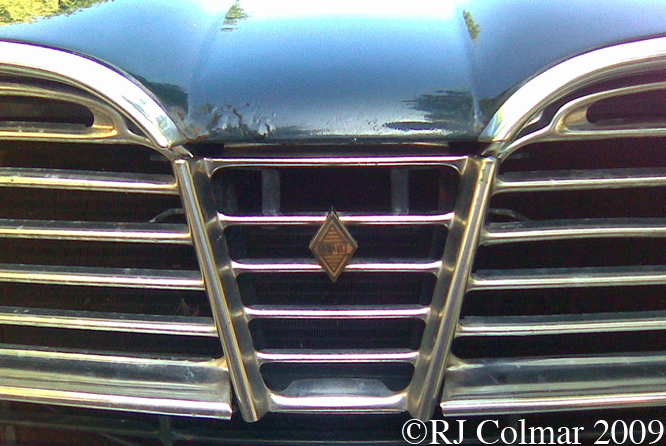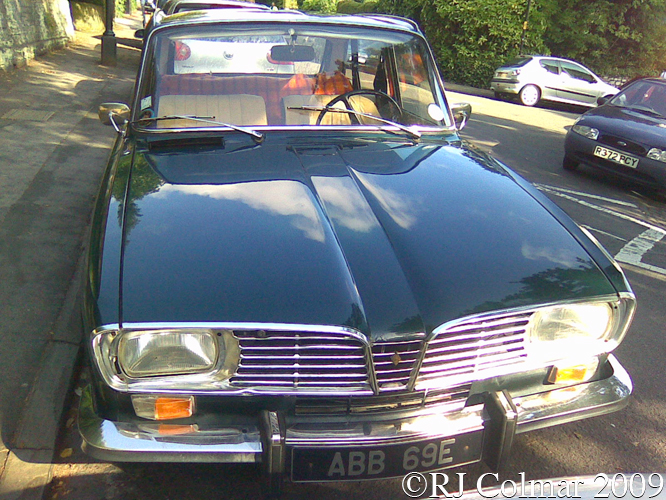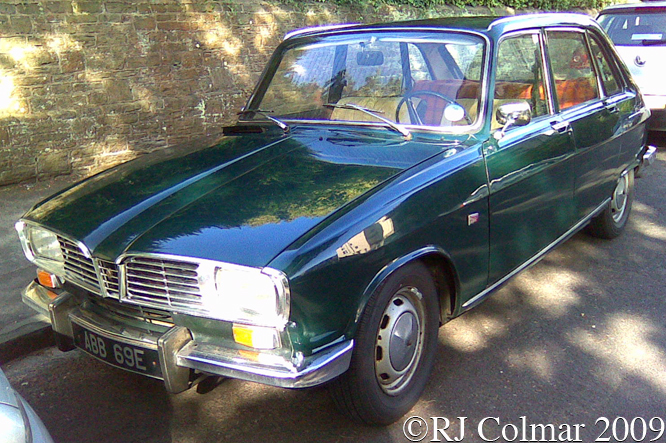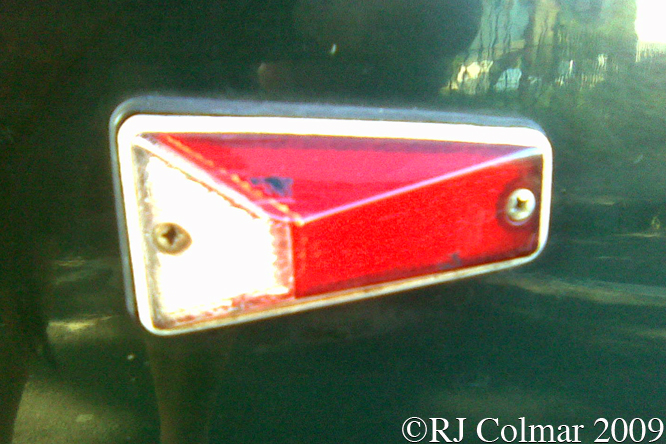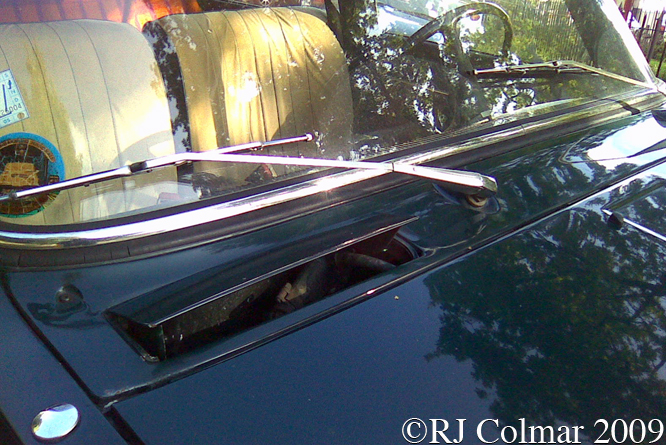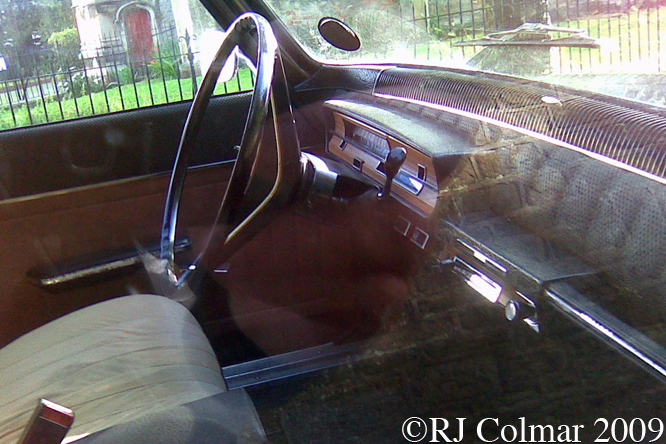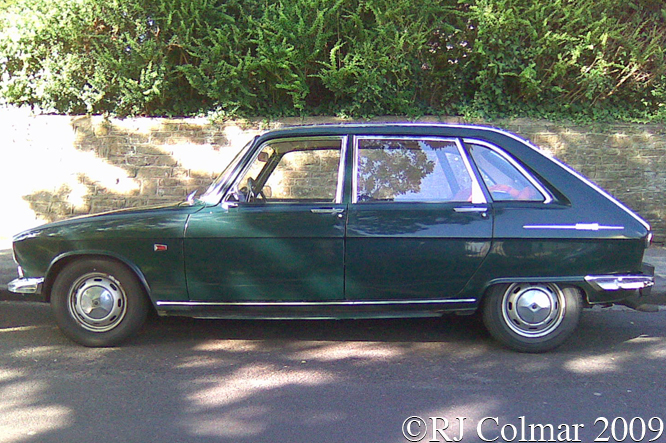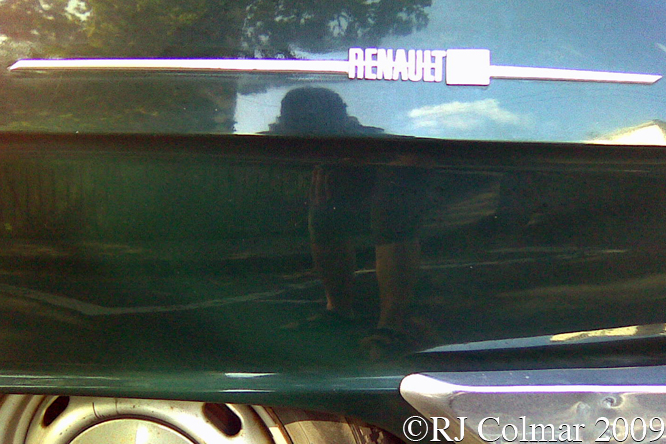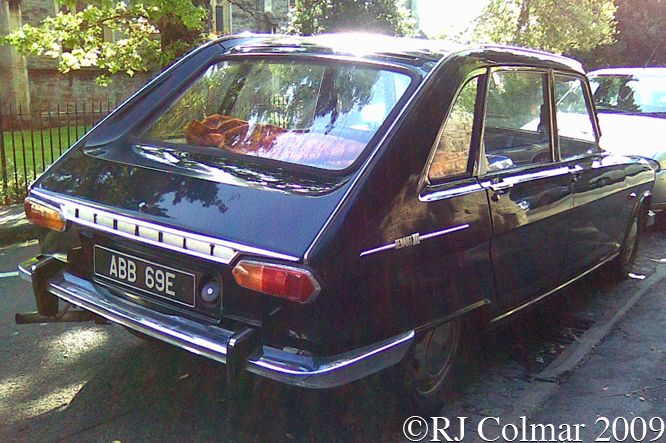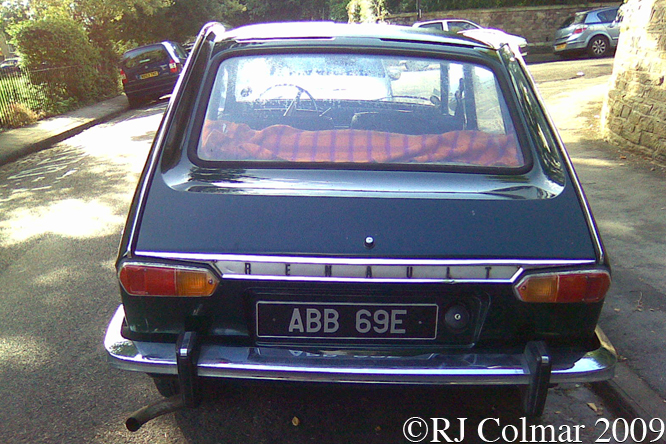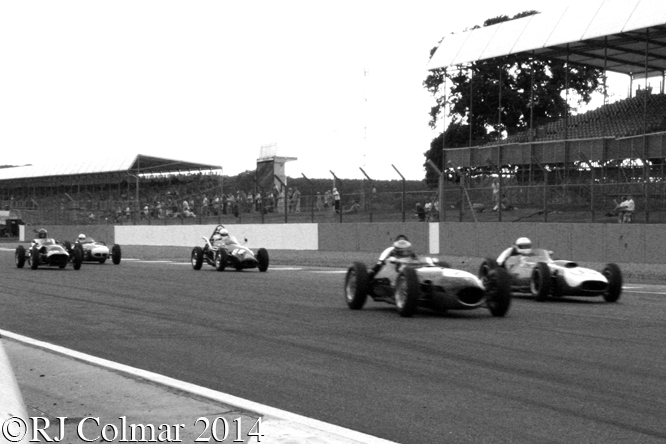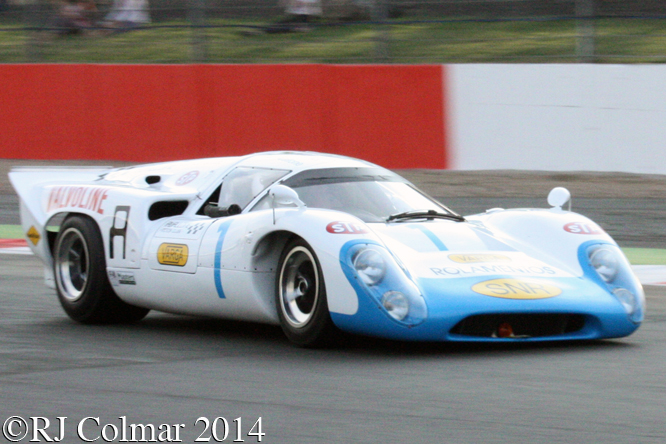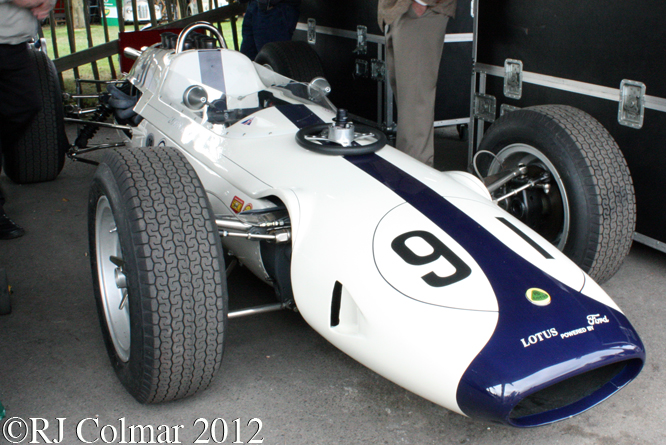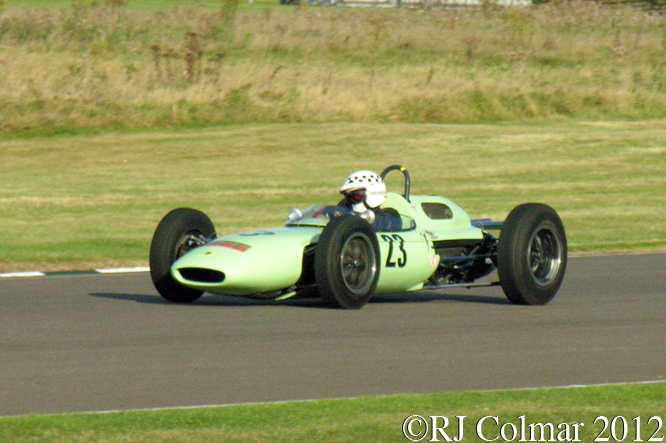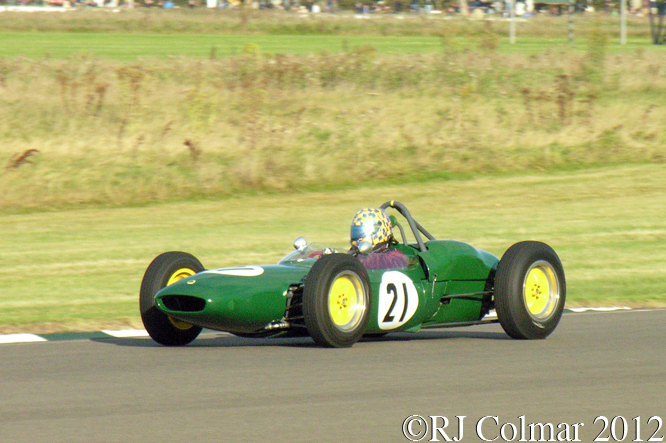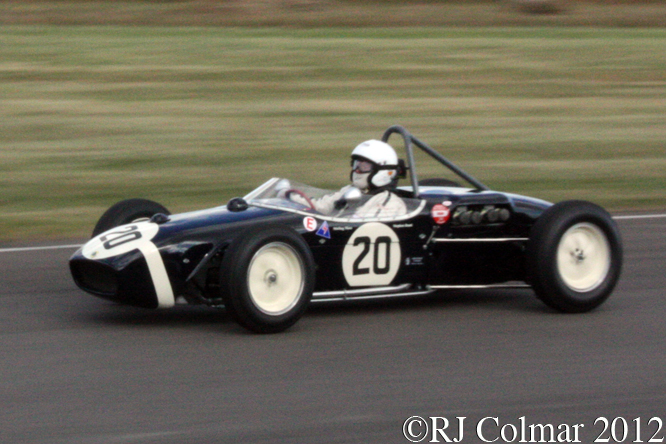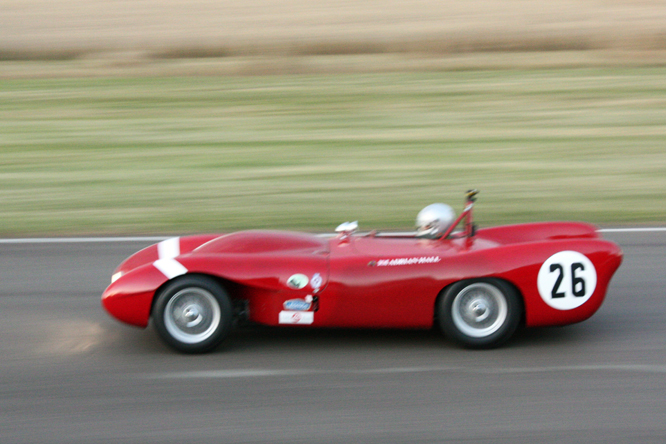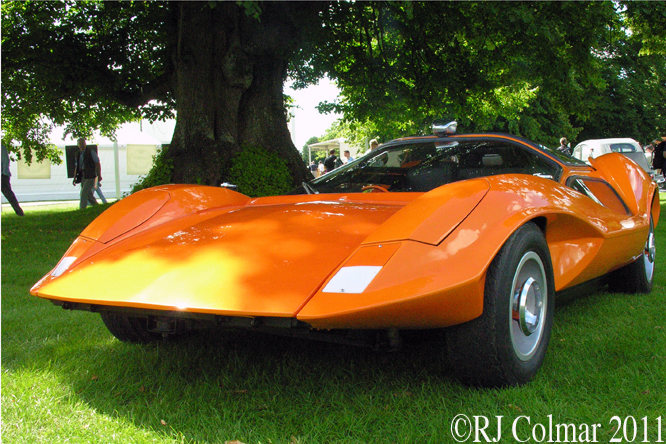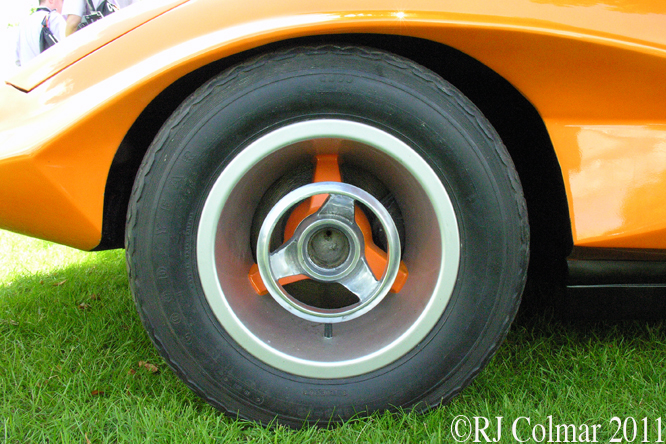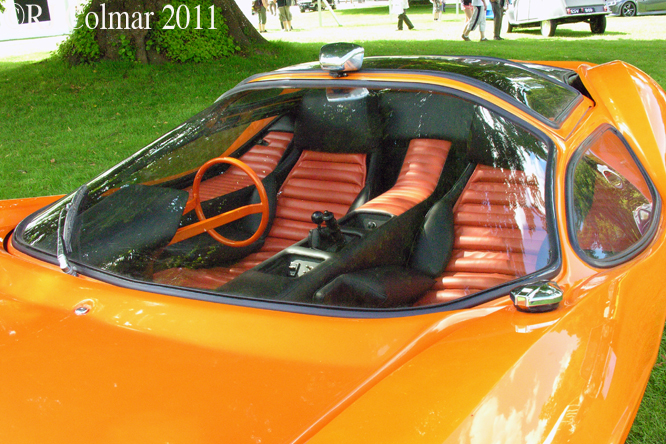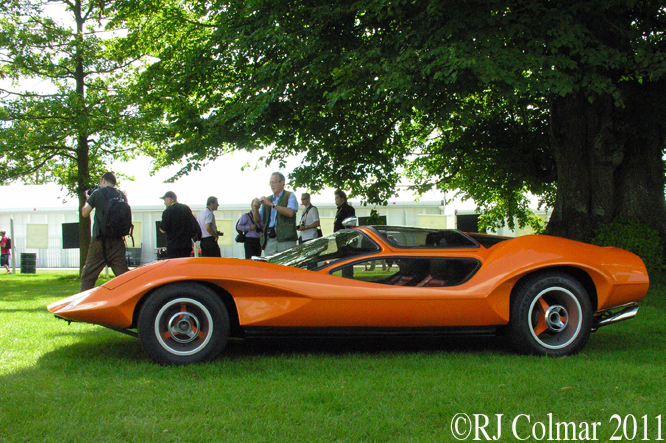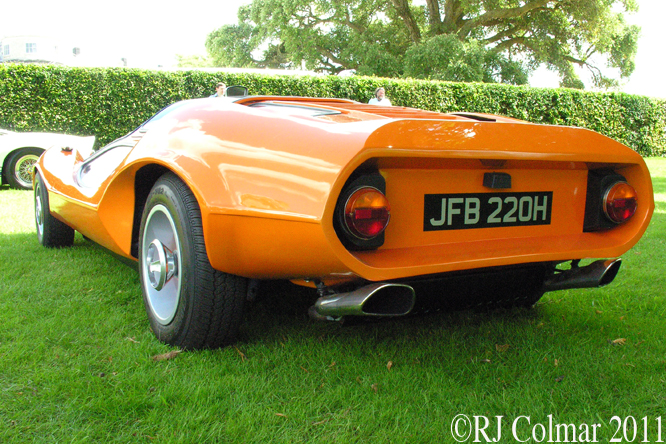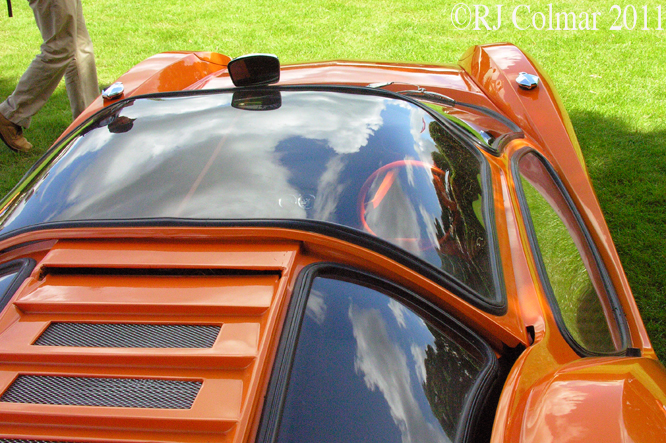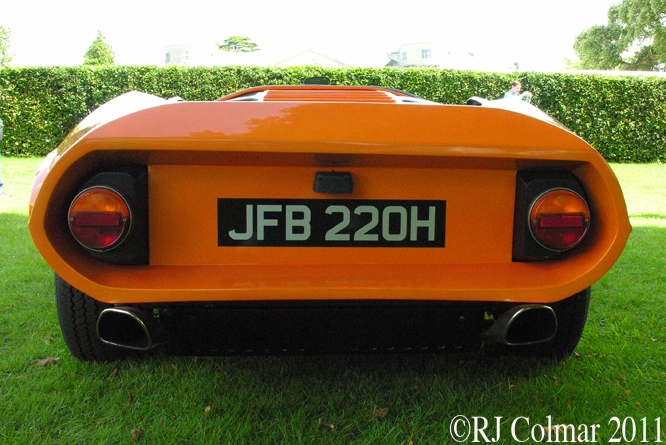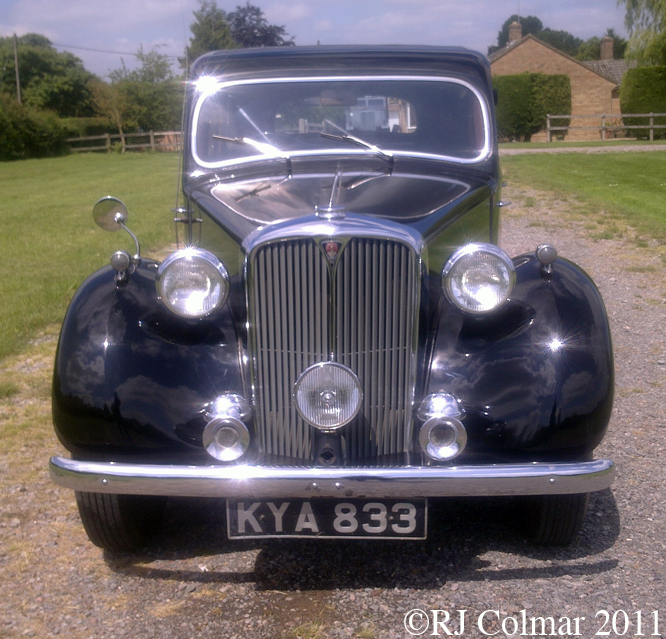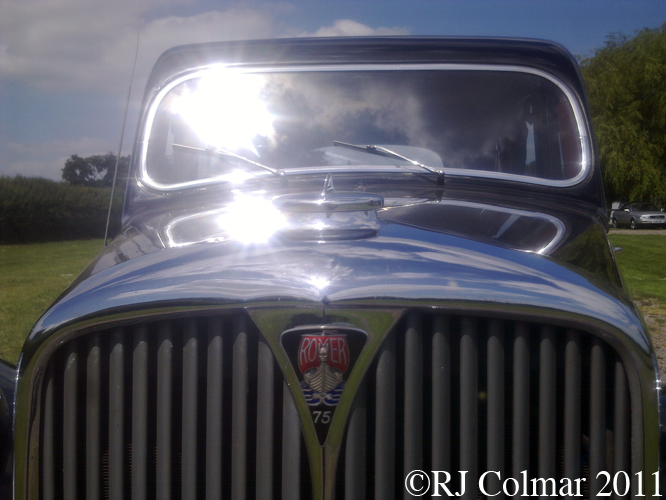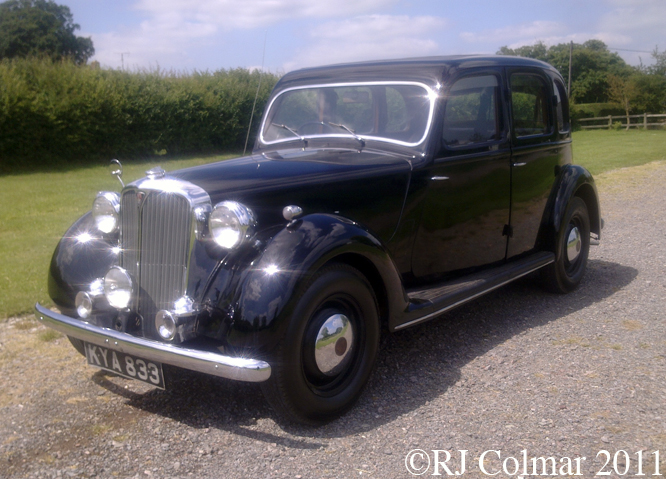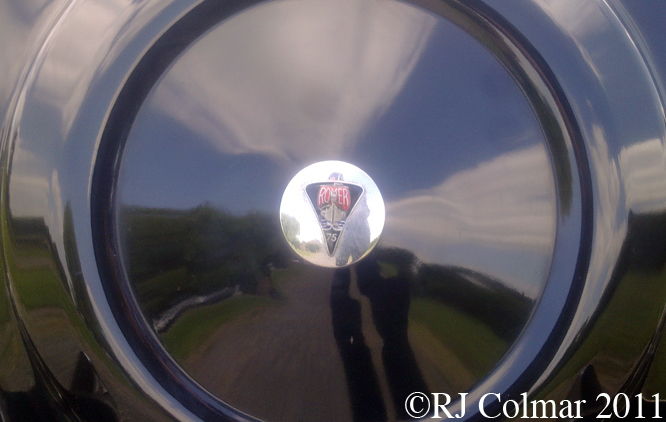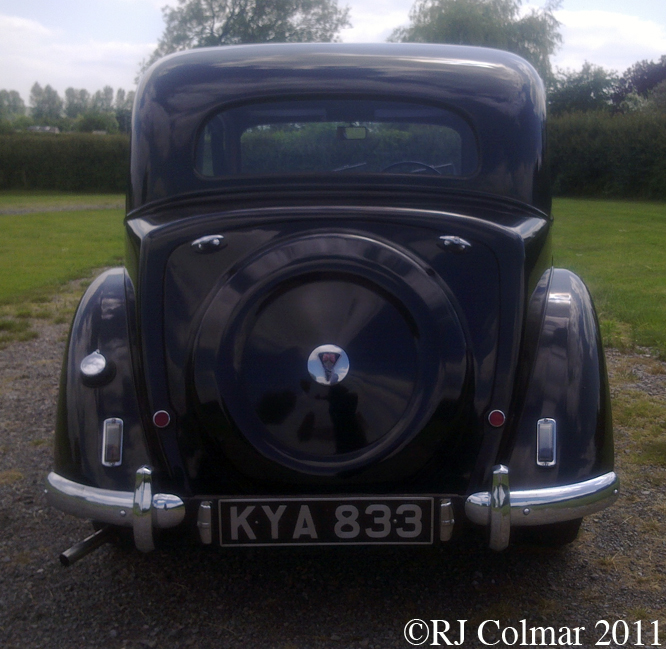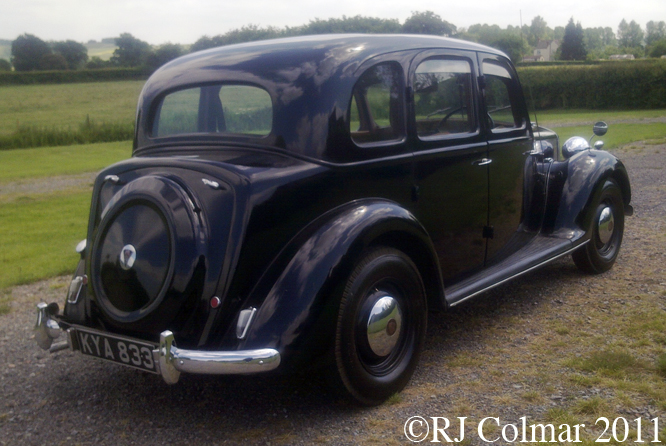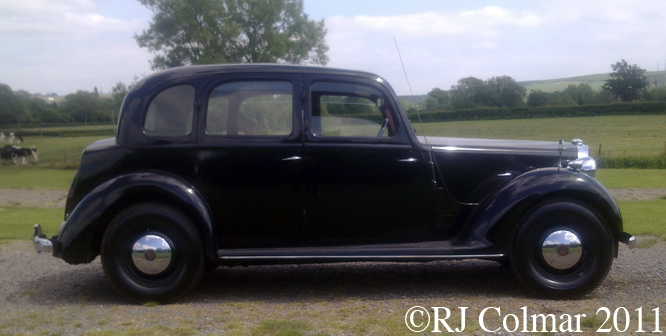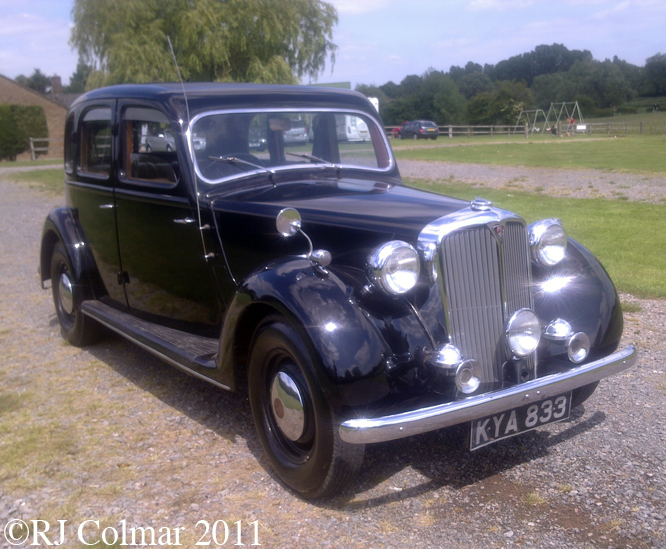In 1983 Peugeot launched the Gerard Welter styled 205 front engined front wheel drive hatchback that would be declared Car of the Decade by CAR magazine in 1990.
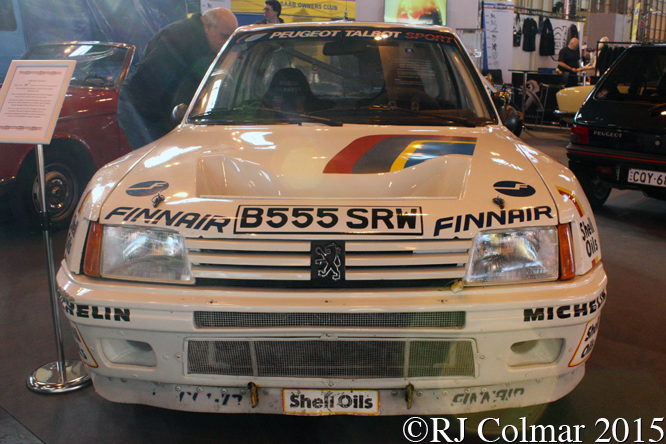
In 1984 Peugeot built two hundred 205 Turbo 16’s with a turbocharged transverse petrol engine, using the the cast iron block of the Diesel version of the XU engine with a 16 valve cylinder head, mounted behind the passenger seat that powered all four wheels through a Citroen SM sourced gearbox.

Having built the 200 Turbo 16’s Peugeot had a vehicle with which they could compete in the top Group B Rally class with an evolution of the car known as the 205 Turbo EVO 1, or T16 EVO 1 in the UK.
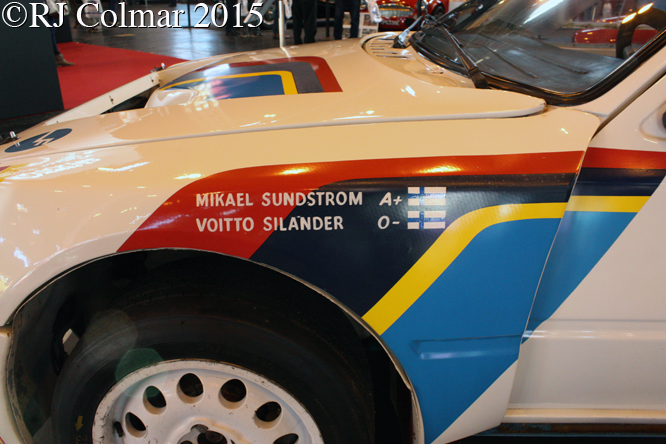
Today’s featured 205 T16 EVO was built from factory supplied parts by the Peugeot UK dealer funded Peugeot Sport UK at their base in Coventry for Finns Mikael Sundström and co driver Voito Silander to drive in the British Rally Championship in 1985 and 1986, it was registered on the 1st of June 1985.
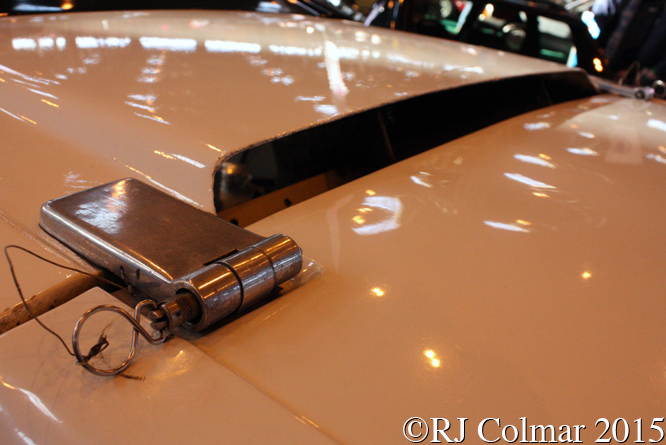
Mikael’s best result in this car came in the 1986 Scottish Rally which he won from the Ford RS200 driven by Mark Lovell with co driver Roger Freeman, Mikael finished 4th in the World Championship RAC Rally at the end of the season.
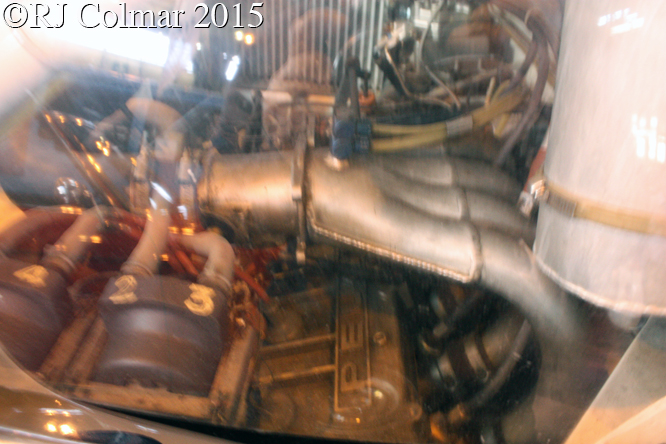
Mikael went on to win the 1986, ’87 and ’88 Finnish Rally Championships driving a Group A Mazda 323, he retired from driving Rally cars in 1992. While running his own Rally team in Finland in 2001 Mikael died unexpectedly of a heart attack aged just 43.
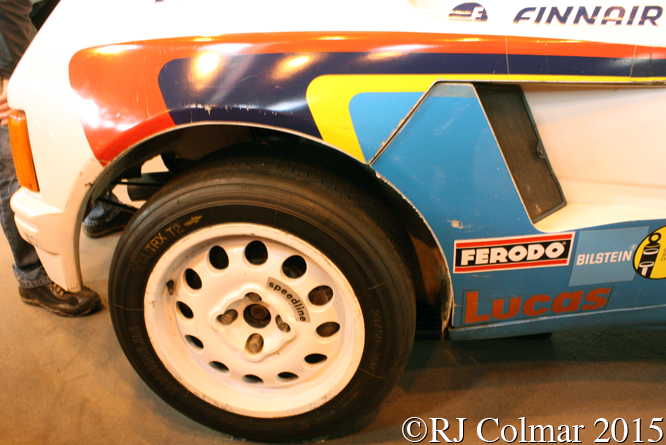
206 Turbo 16’s in EVO 1 and EVO2 form would become the most successful of the Group B cars that entered Rally events from 1984 to 1986 when the class was abruptly abandoned in the interests of safety.
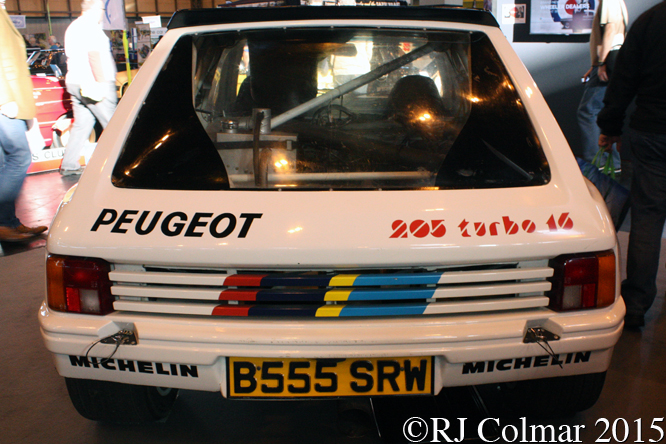
The model claimed 16 World Rally Championship wins, seven for Timo Salonen partnered with Seppo Harjanne, five for Ari Vatanen and Terry Harryman, three for Juha Kankkunen and Juha Piironen and one for Frenchman Bruno Saby and Jean-François Fauchille, Peugeot also finished the 1985 and 1986 seasons as World Rally Manufacturers Champions.


